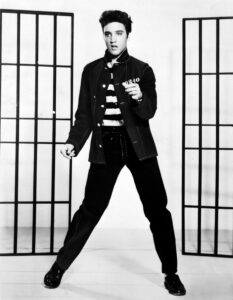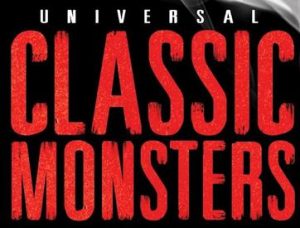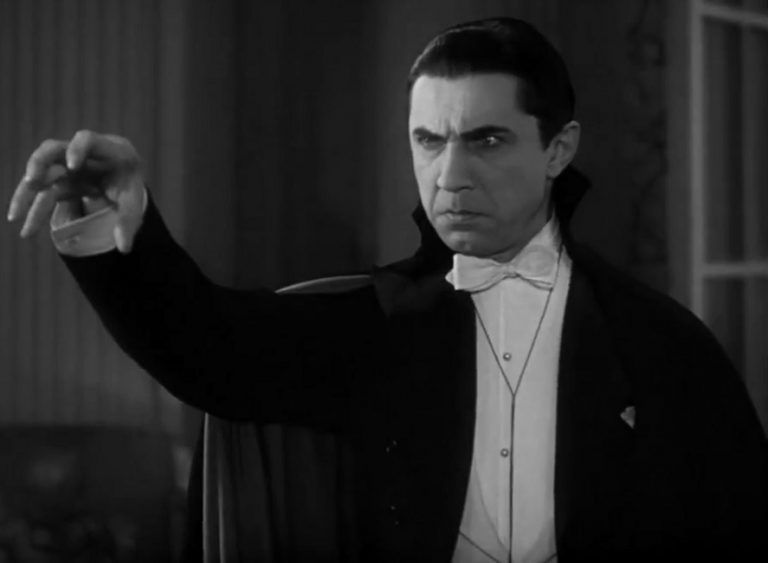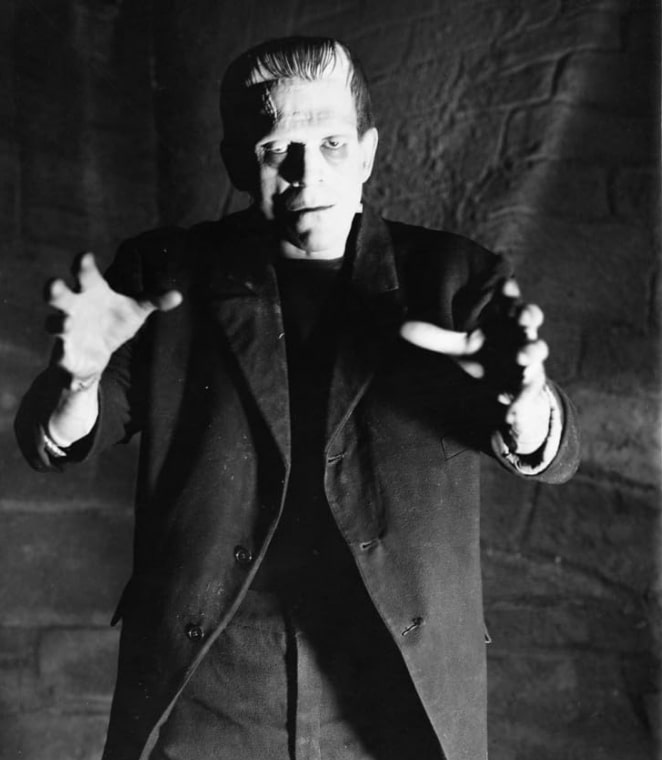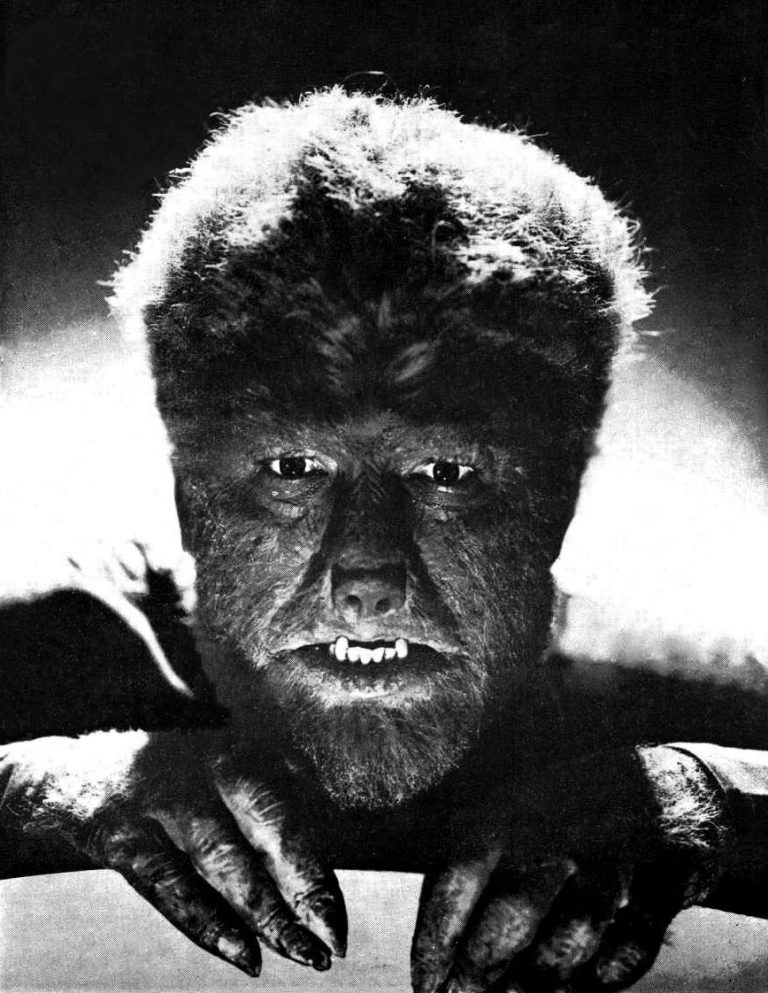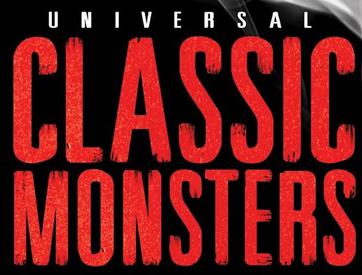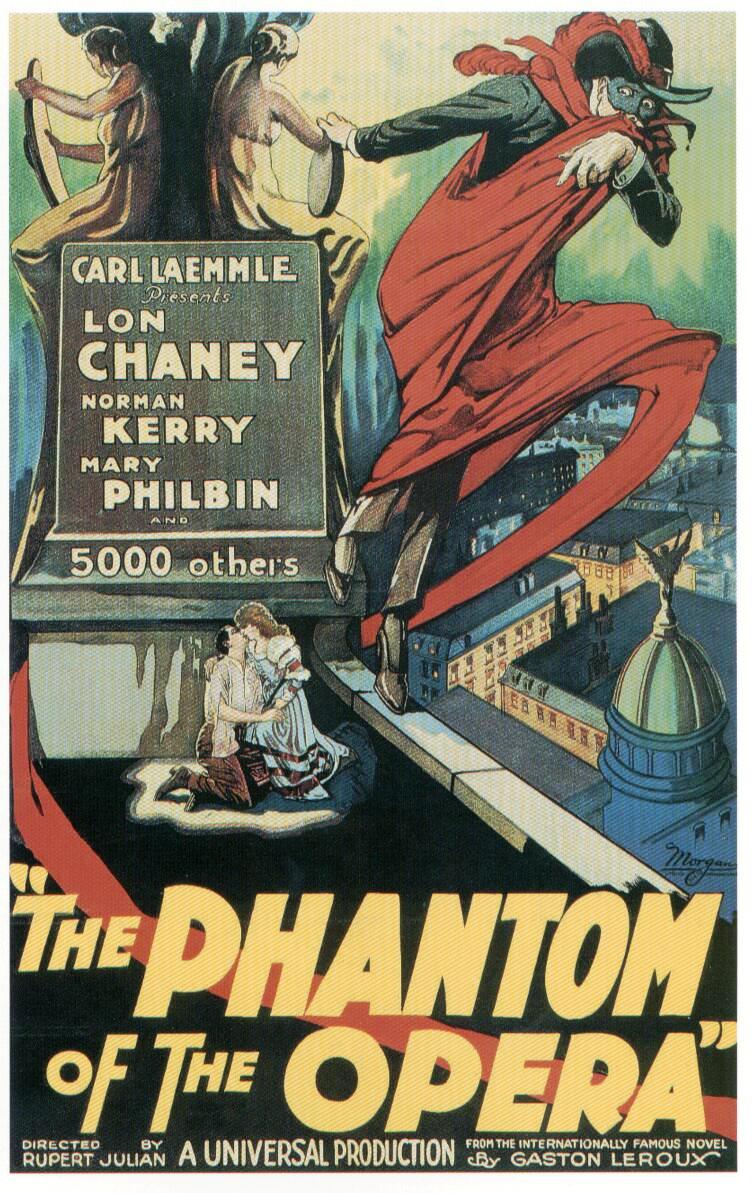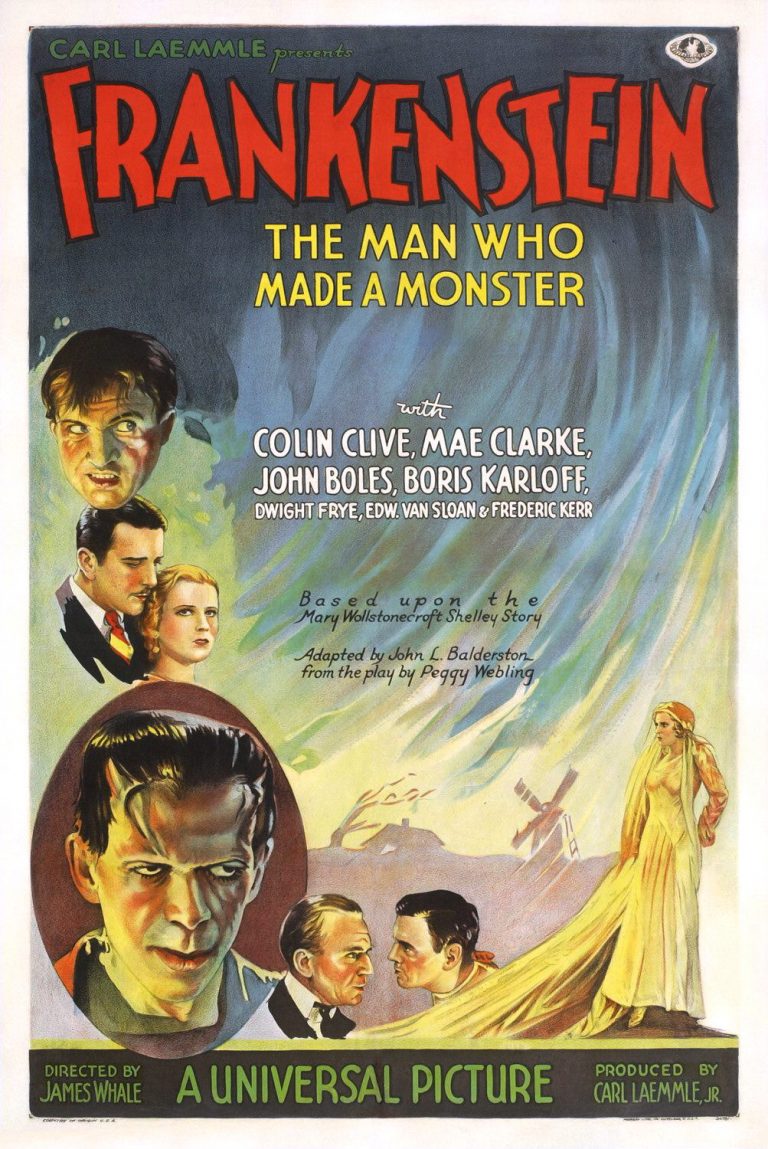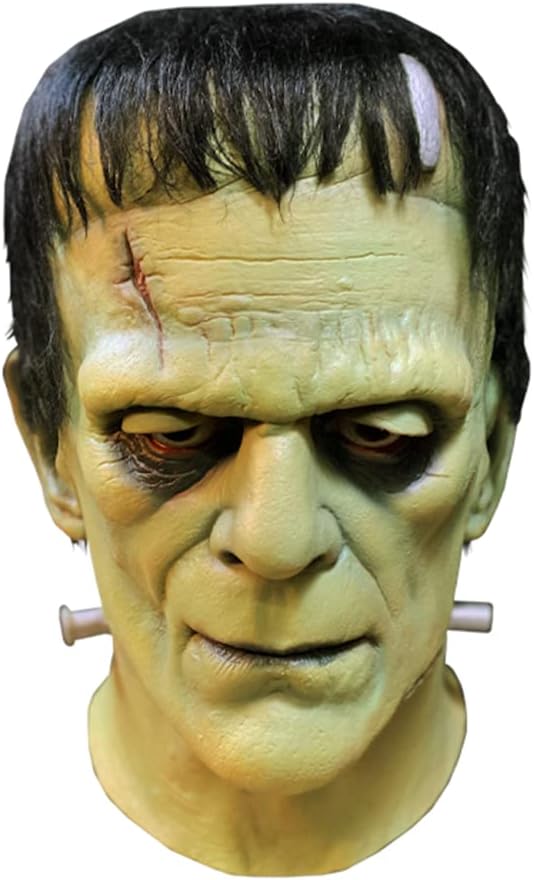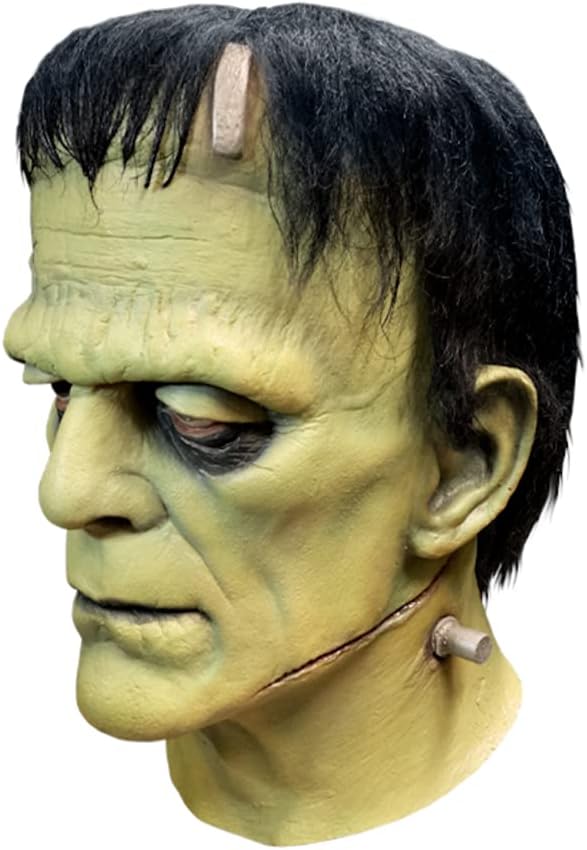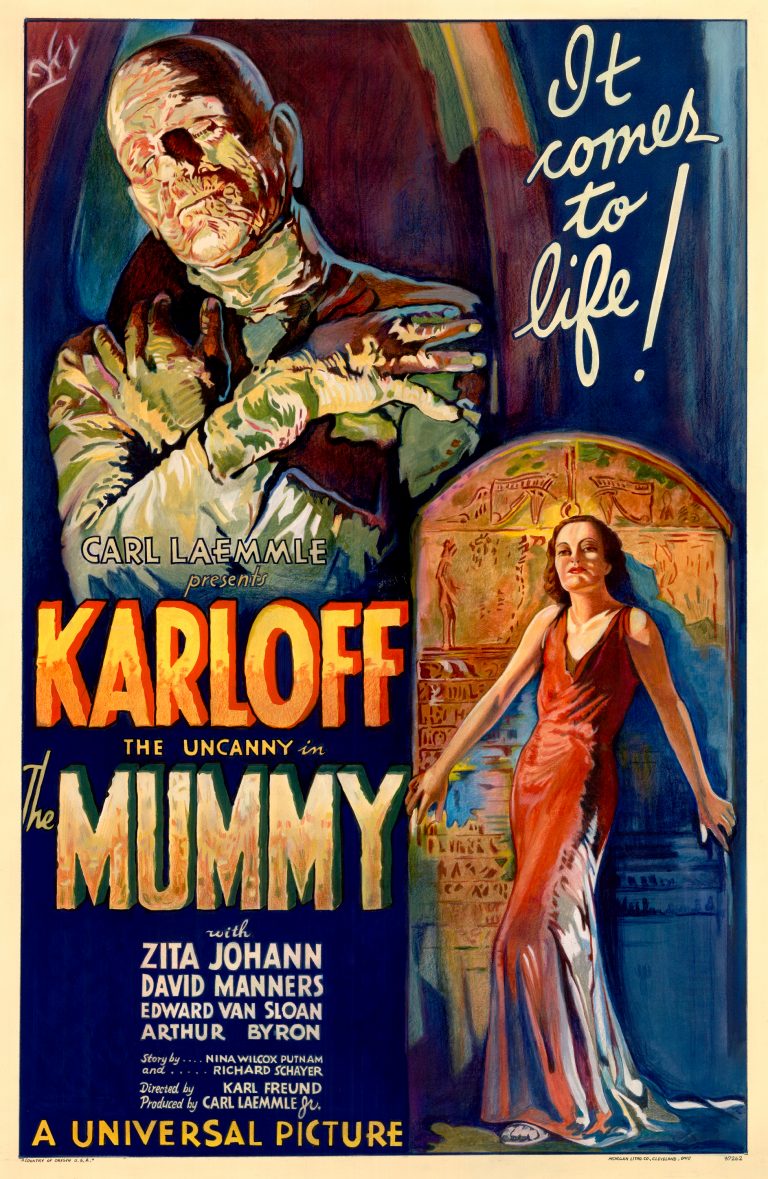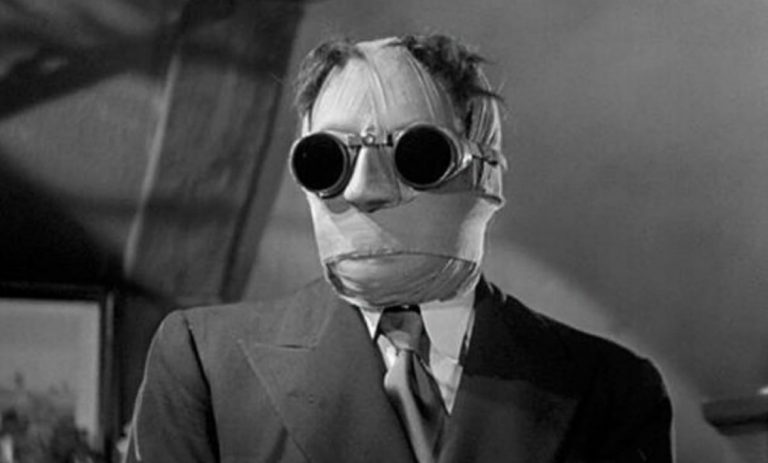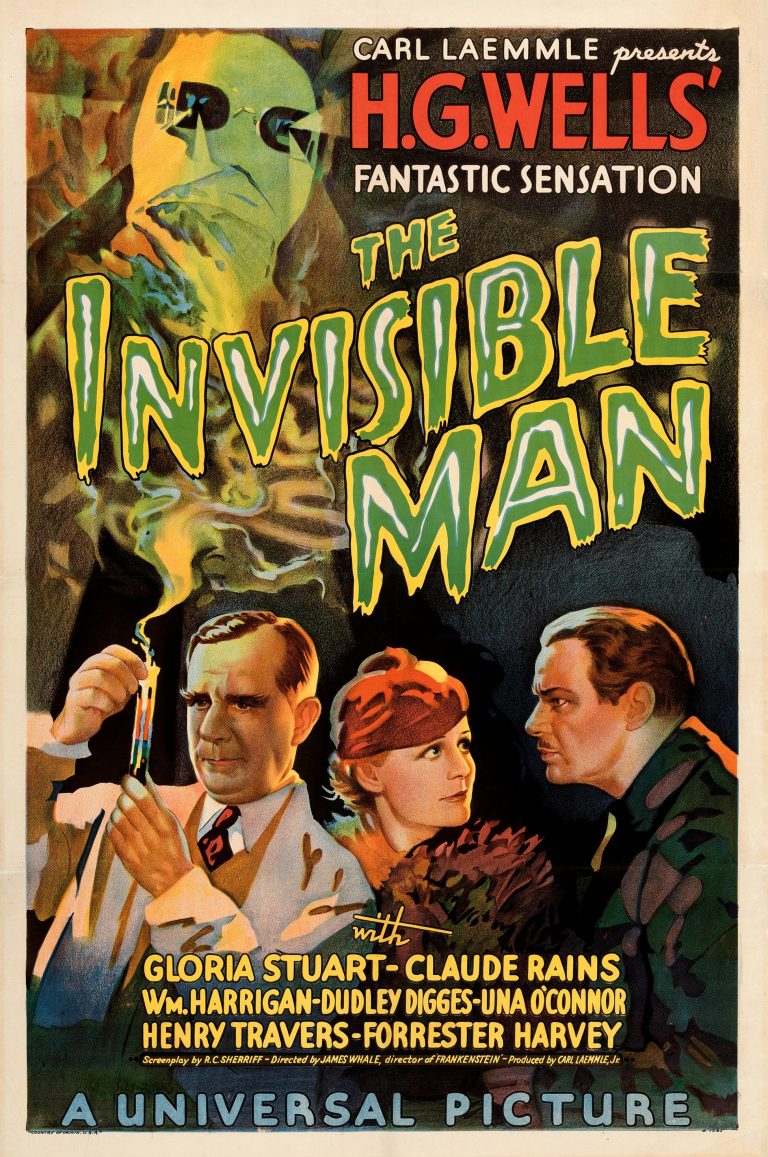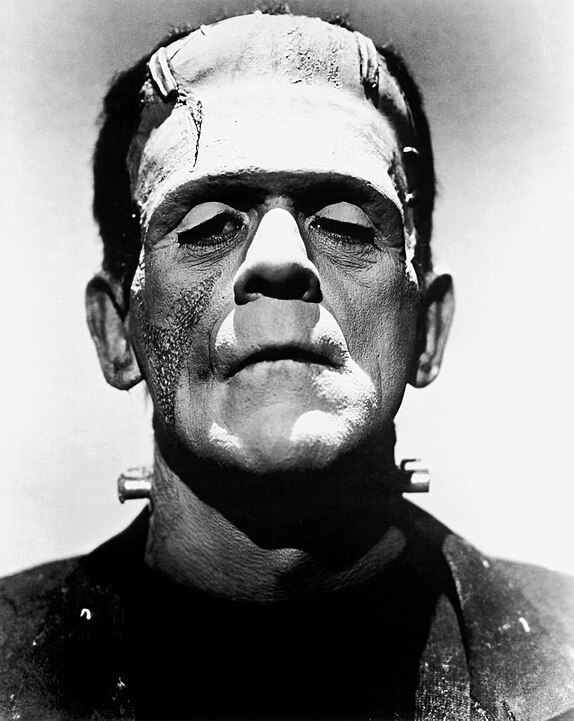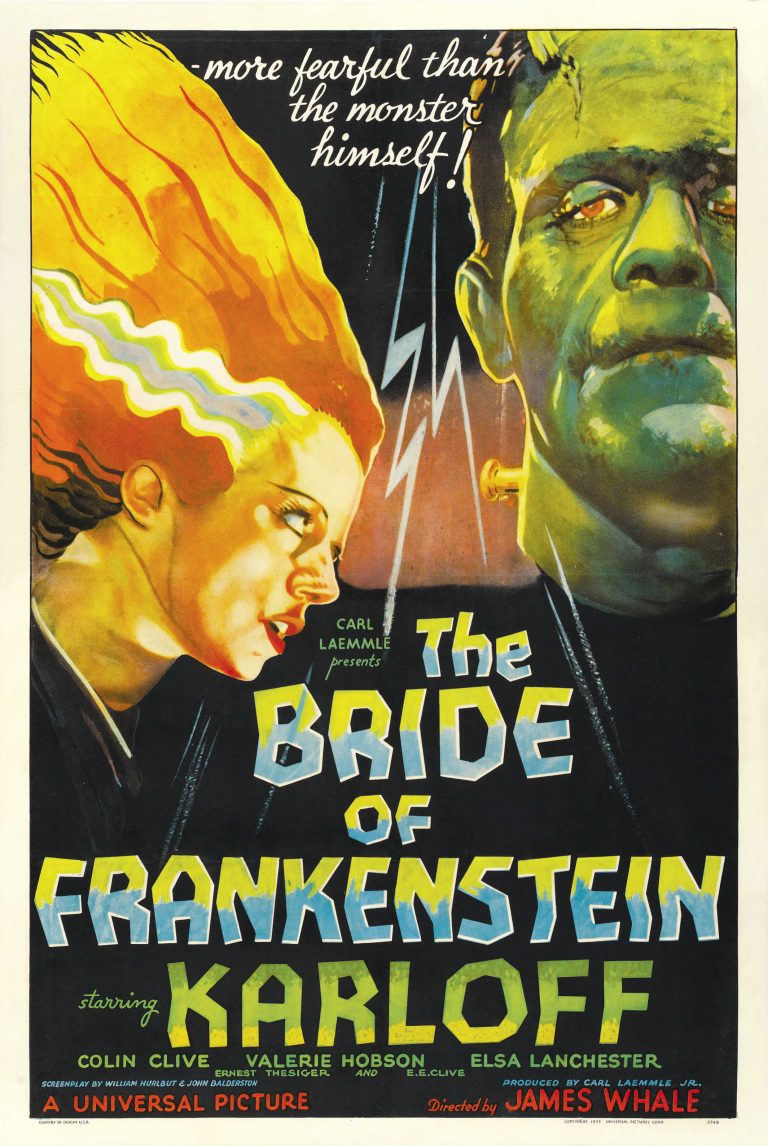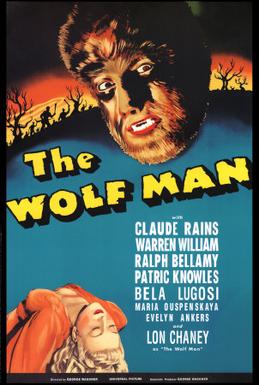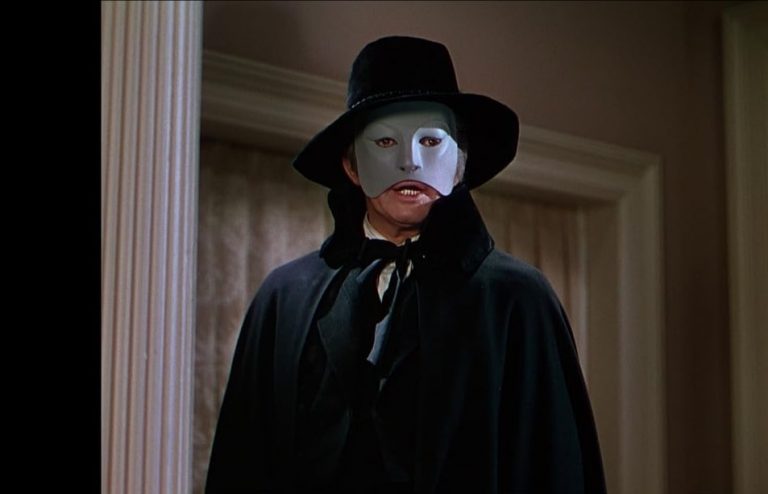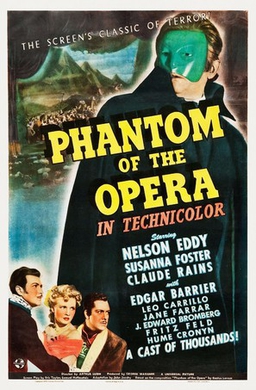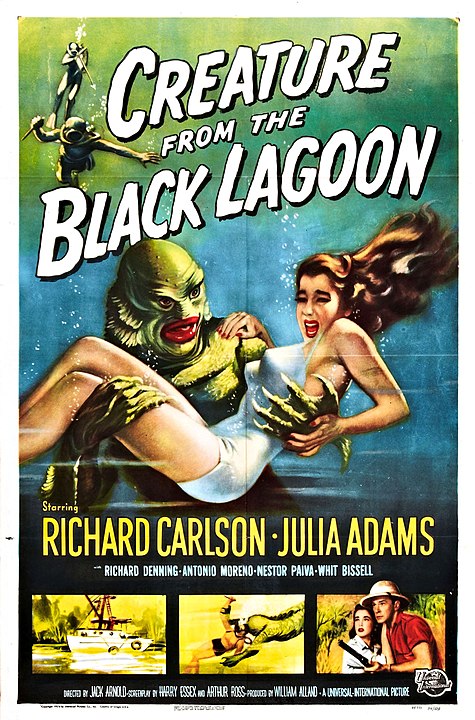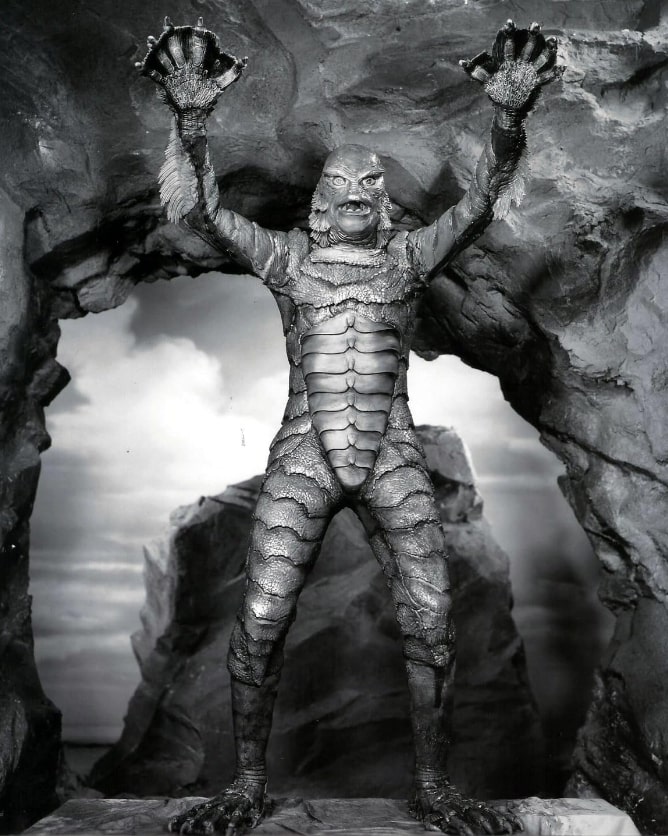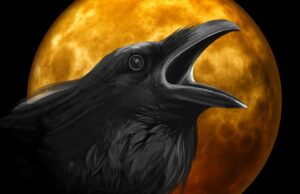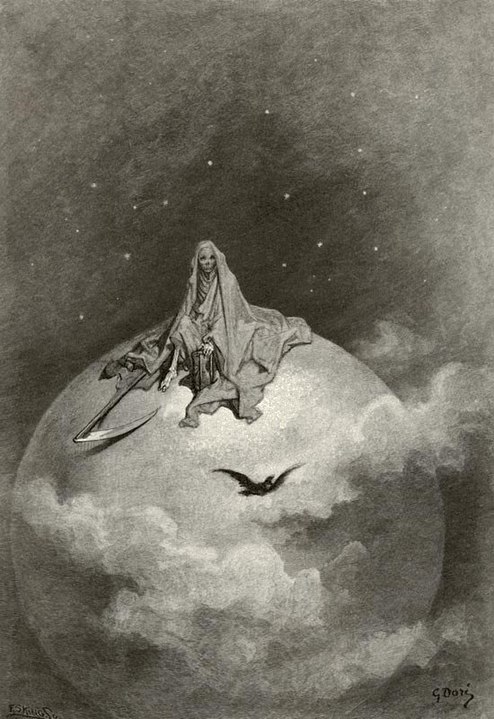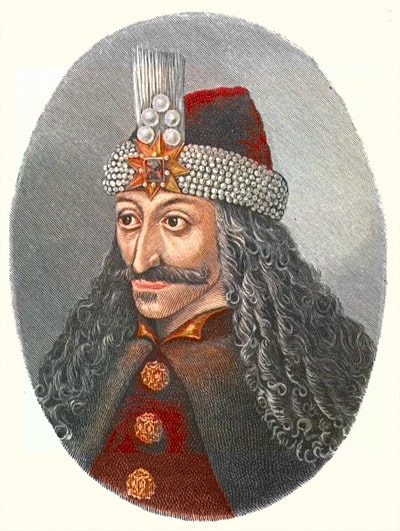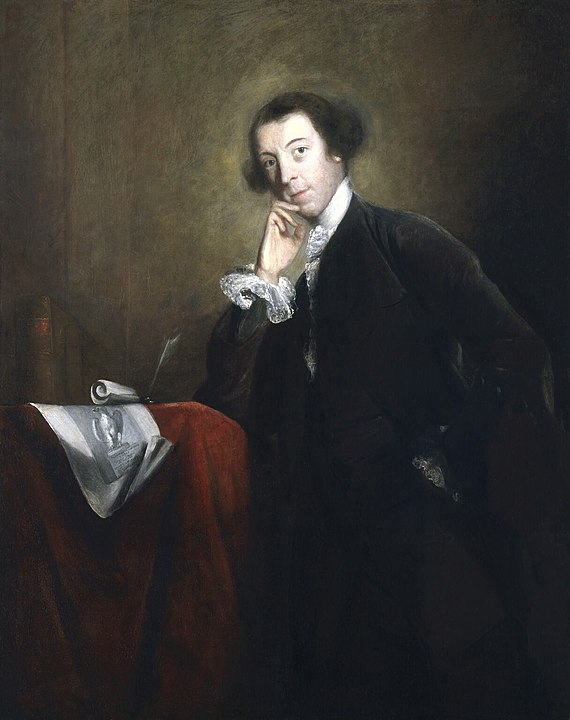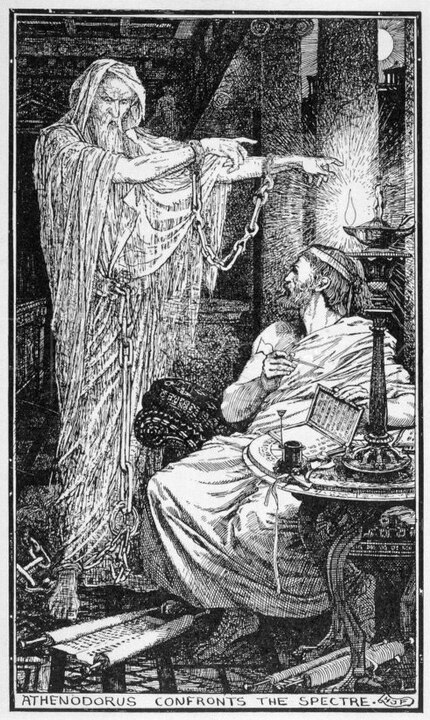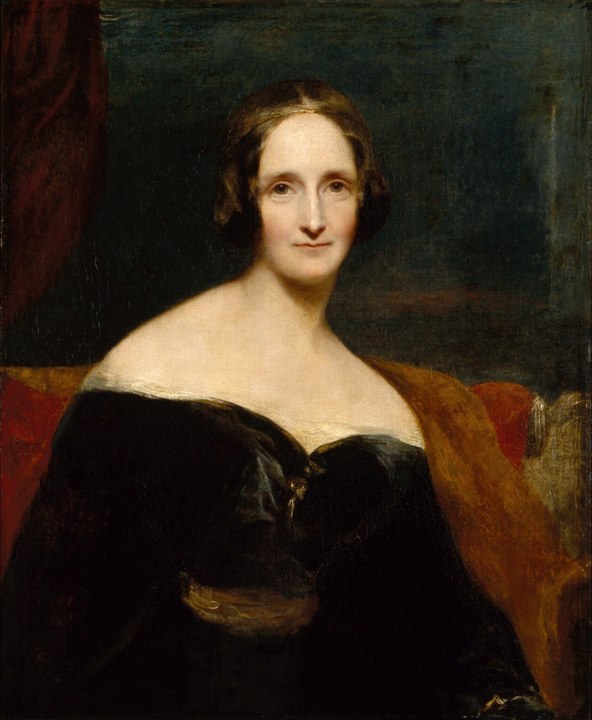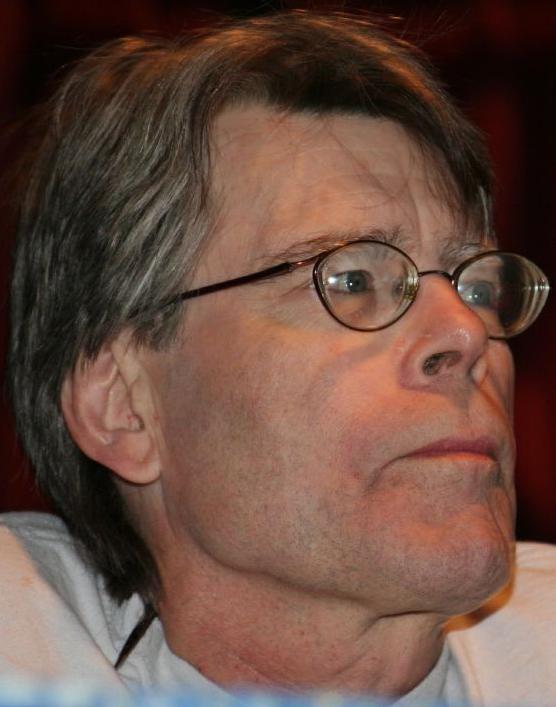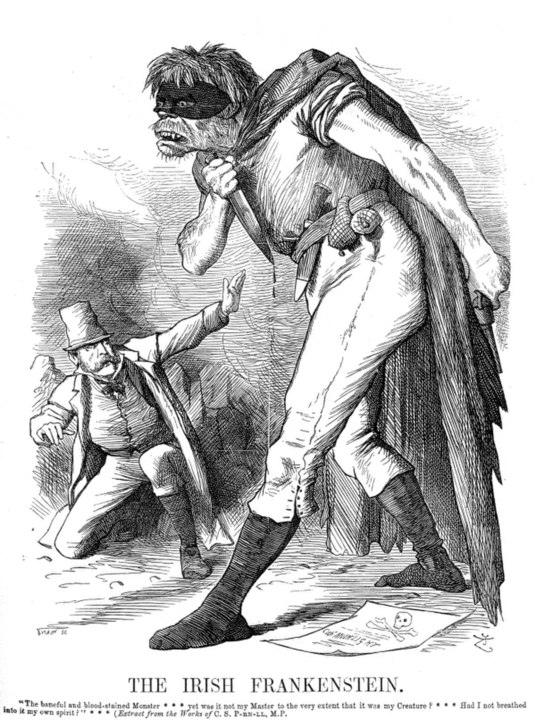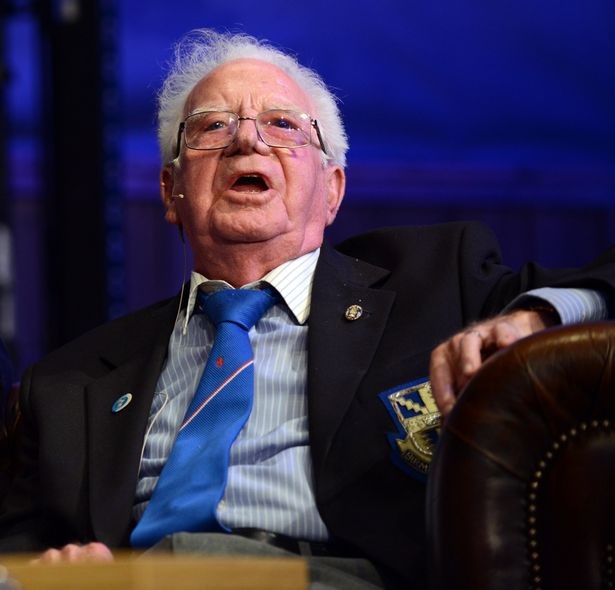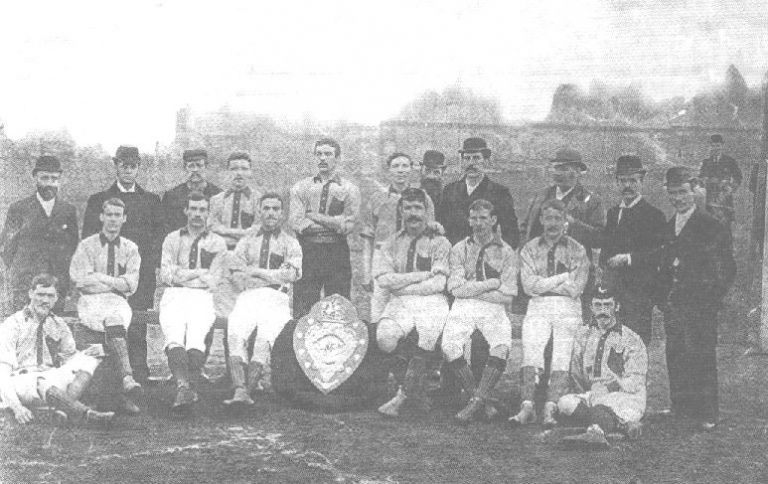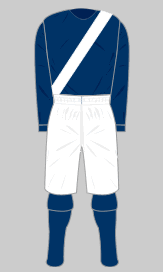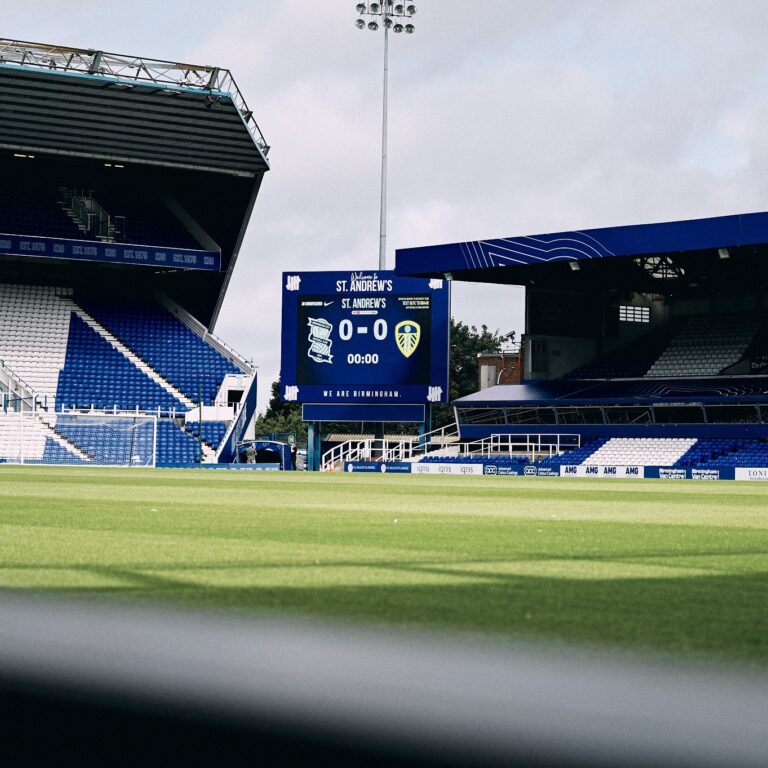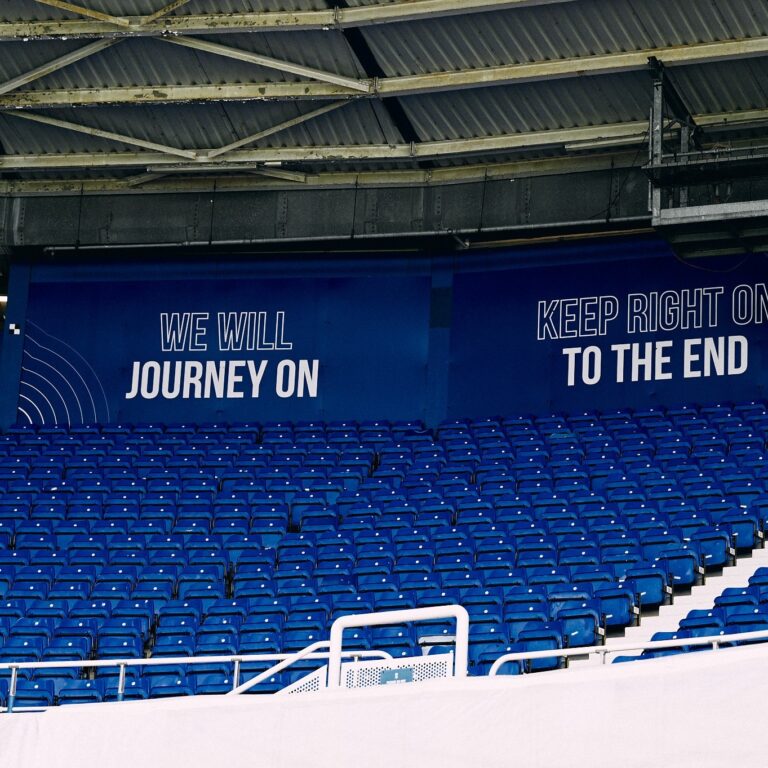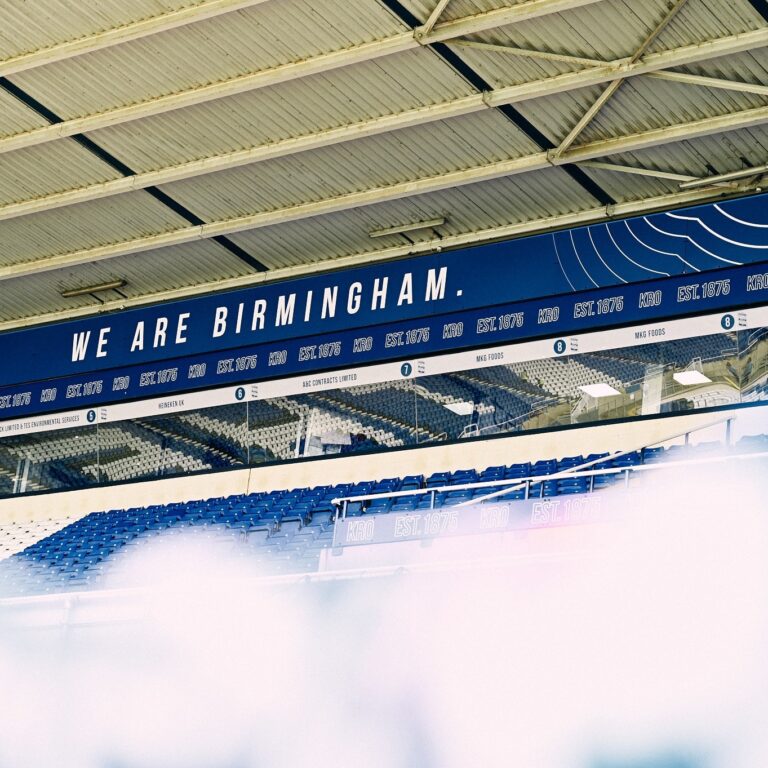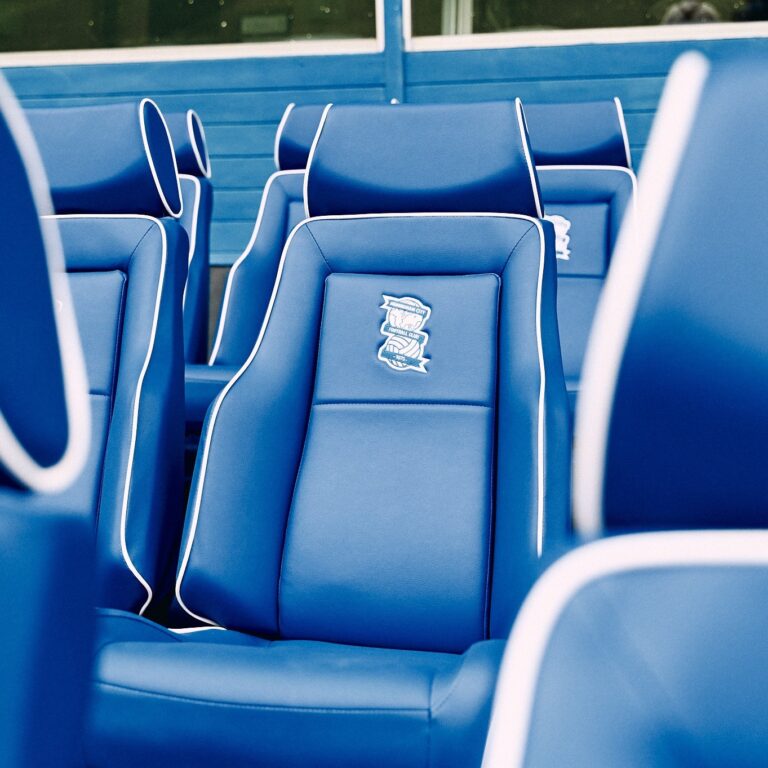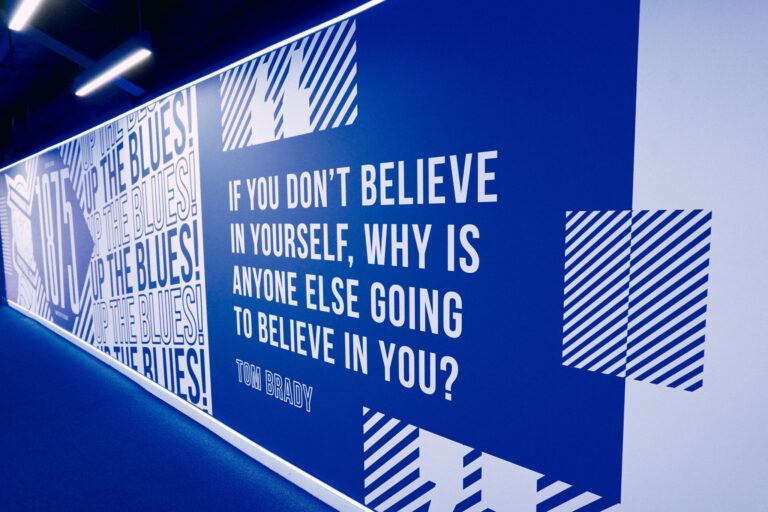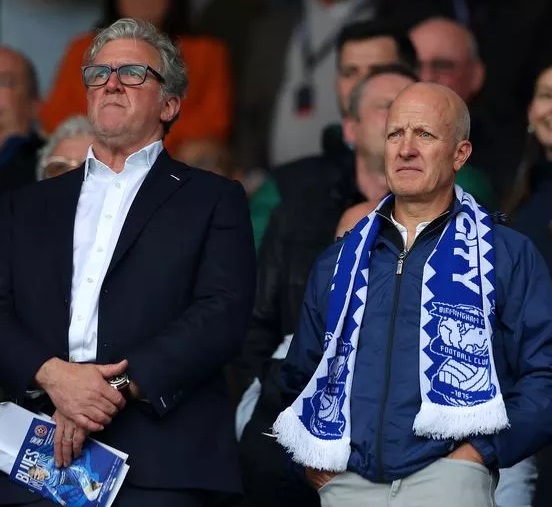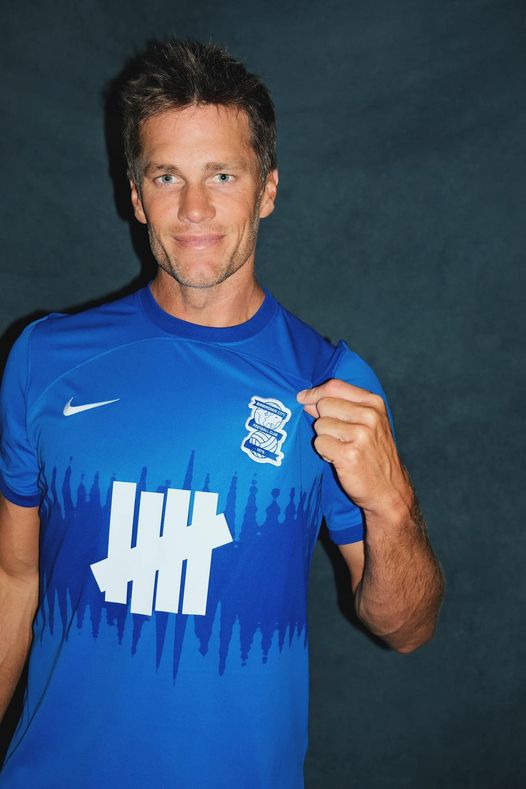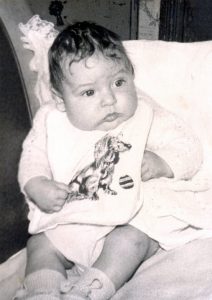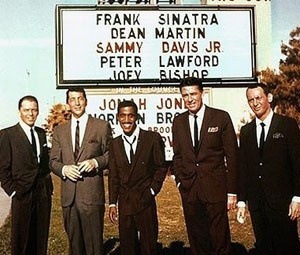
I have grown up listening to the Rat Pack. Although there were five members, they were more well-known for Frank Sinatra, Dean Martin and Sammy Davis Jr. They were cool, funny and I love their music, especially those by Sinatra and Martin.
In Blog Posts at the bottom of the page, you will find links to Frank Sinatra and Dean Martin and an index containing some of my favourite songs by the Rat Pack.
About The Rat Pack
The Rat Pack was an informal group of entertainers, the second iteration of which ultimately made films and appeared together in Las Vegas casino venues. They originated as a group of A-list show business friends who met casually at the Los Angeles home of Humphrey Bogart and Lauren Bacall. In the 1960s, the group featured Frank Sinatra, Dean Martin, Sammy Davis Jr., Joey Bishop, and (before falling out with Sinatra in 1962) Peter Lawford, among others. They appeared together on stage and in films in the early 1960s, including the films Ocean’s 11, and Sergeants 3; after Lawford’s expulsion, they filmed Robin and the 7 Hoods with Bing Crosby in what was to be Lawford’s role. Sinatra, Martin, and Davis were regarded as the group’s lead members after Bogart’s death.
The 1950’s
The name “Rat Pack” was first used to refer to a group of friends in New York, and several explanations have been offered for the name. According to one version, Lauren Bacall saw her husband Humphrey Bogart and his friends returning from a night in Las Vegas and said, “You look like a goddamn rat pack.” “Rat Pack” may also be a shortened version of “Holmby Hills Rat Pack”, a reference to the home of Bogart and Bacall which served as a regular hangout.
Visiting members included Errol Flynn, Ava Gardner, Nat King Cole, Robert Mitchum, Elizabeth Taylor, Janet Leigh, Tony Curtis, Mickey Rooney, Lena Horne, Jerry Lewis, and Cesar Romero. According to Stephen Bogart, the original members of the Holmby Hills Rat Pack were Frank Sinatra (pack master), Judy Garland (first vice-president), Sid Luft (cage master), Bogart (rat in charge of public relations), Swifty Lazar (recording secretary and treasurer), Nathaniel Benchley (historian), David Niven, Katharine Hepburn, Spencer Tracy, George Cukor, Cary Grant, Rex Harrison, and Jimmy Van Heusen.
The 1960’s
The early 1960s version of the group included Frank Sinatra, Dean Martin, Sammy Davis Jr., Peter Lawford, and Joey Bishop. This group was originally known as the “Clan”, but that name fell out of favour because it was reminiscent of the Ku Klux Klan.
Marilyn Monroe, Angie Dickinson, Juliet Prowse, Buddy Greco, and Shirley MacLaine were often referred to as the “Rat Pack Mascots”.
Comedian Don Rickles wrote that “I never received an official membership card but Frank made me feel part of the fun.”
Peter Lawford was a brother-in-law of President John F. Kennedy (dubbed “Brother-in-Lawford” by Sinatra), and Kennedy spent time with Sinatra and the others when he visited Las Vegas, during which members sometimes referred to the group as “the Jack Pack”. Rat Pack members played a role in campaigning for Kennedy and the Democrats, appearing at the July 1960 Democratic National Convention in Los Angeles. Lawford asked Sinatra if he would have Kennedy as a guest at his Palm Springs house in March 1962 and Sinatra went to great lengths to accommodate the President, including the construction of a helipad. Attorney General Robert F. Kennedy advised his brother to sever ties to Sinatra because of his association with Mafia figures such as Sam Giancana and he cancelled the visit. Kennedy instead stayed at Bing Crosby’s estate, which further infuriated Sinatra. Lawford was blamed for this and Sinatra “never again had a good word” for him. Lawford’s role was written out of the upcoming 4 for Texas, and his part in Robin and the 7 Hoods was given to Bing Crosby.
The Rat Pack Revival
Sinatra, Davis, and Martin announced a 29-date tour called Together Again in December 1987. At the press conference to announce the tour, Martin joked about calling it off, and Sinatra rebuked a reporter for using the term “Rat Pack”, referring to it as “that stupid phrase”.
Dean Martin’s son Dean Paul Martin died in a plane crash in March 1987 on the San Gorgonio Mountain in California, the same mountain where Sinatra’s mother was killed in a plane crash ten years earlier. Martin had since become increasingly dependent on alcohol and prescription drugs. Davis had hip replacement surgery two years previously and was estranged from Sinatra because of Davis’ use of cocaine. Davis was also experiencing severe financial difficulties and was promised by Sinatra’s people that he could earn between six and eight million dollars from the tour.
Martin had not made a film or recorded since 1984 and Sinatra felt that the tour would be good for Martin, telling Davis, “I think it would be great for Dean. Get him out. For that alone it would be worth doing”. Sinatra and Davis still performed regularly, yet they had not recorded for several years. Both Sinatra and Martin had made their last film appearances together in 1984’s Cannonball Run II, which also starred Davis. This marked the trio’s first feature film appearance since 1964’s Robin and the 7 Hoods. Martin expressed reservations about the tour, wondering whether they could draw as many people as they had in the past. Sinatra and Davis complained during private rehearsals about the lack of black musicians in the orchestra. The tour began at the Oakland-Alameda County Coliseum Arena on March 13, 1988, to a sold-out crowd of 14,500.
Davis opened the show, followed by Martin and then Sinatra; after an interval, the three performed a medley of songs. During the show, Martin threw a lit cigarette at the audience. He withdrew from the tour after just five shows, citing a flare-up of a kidney problem. Sinatra and Davis continued the tour under the title “The Ultimate Event” with Liza Minnelli replacing Martin as the third member of the trio.
Davis’s associate stated that Sinatra’s people were skimming the top of the revenues from the concerts, as well as stuffing envelopes full of cash into suitcases after the performances. In August 1989, Davis was diagnosed with throat cancer which caused his death in May 1990. He was buried with a gold watch that Sinatra had given him at the conclusion of The Ultimate Event Tour.
A 1988 performance of The Ultimate Event in Detroit was recorded and shown on Showtime the following year as a tribute to the recently deceased Davis. A review in The New York Times praised Davis’s performance, describing it as “pure, ebullient, unapologetic show business.
The Rat Pack Reputation
Concerning the group’s reputation for womanizing and heavy drinking, Joey Bishop stated in a 1998 interview: “I never saw Frank, Dean Martin, Sammy or Peter drunk during performances. That was only a gag! And do you believe these guys had to chase broads? They had to chase ’em away!”
The Rat Pack Films
The links below will take you to IMDb.
It Happened in Brooklyn (1947) starring Frank Sinatra and Peter Lawford.
Meet Me in Las Vegas (1956) starring cameos by Frank Sinatra and Sammy Davis Jr.
Some Came Running (1958) starring Frank Sinatra and Dean Martin, co-starring Shirley MacLaine.
Never So Few (1959) Starring Frank Sinatra, Peter Lawford, and initially Sammy Davis Jr., who was replaced by Steve McQueen.
Ocean’s 11 (1960) starring Frank Sinatra, Dean Martin, Sammy Davis Jr., Peter Lawford, Angie Dickinson, Joey Bishop and a cameo by Shirley MacLaine.
Pepe (1960) starring cameos by Frank Sinatra, Dean Martin, Sammy Davis Jr., Peter Lawford, and Joey Bishop.
Sergeants 3 (1962) starring Frank Sinatra, Dean Martin, Sammy Davis Jr., Peter Lawford, and Joey Bishop.
The Road to Hong Kong (1962) starring cameos by Frank Sinatra and Dean Martin.
Come Blow Your Horn (1963) starring Frank Sinatra with a cameo by Dean Martin.
Johnny Cool (1963) starring Sammy Davis Jr. and Joey Bishop. Peter Lawford was the executive producer; Henry Silva of Ocean’s 11 starred, with Mort Sahl and Jim Backus in supporting roles.
4 for Texas (1963) starring Frank Sinatra and Dean Martin.
Robin and the 7 Hoods (1964) starring Frank Sinatra, Dean Martin, Sammy Davis Jr., and initially Peter Lawford, who was replaced by Bing Crosby.
Marriage on the Rocks (1965) starring Frank Sinatra and Dean Martin.
The Oscar (1966) starring Frank Sinatra uncredited, and Peter Lawford.
A Man Called Adam (1966) starring Sammy Davis Jr. and Peter Lawford.
Texas Across the River (1966) starring Dean Martin and Joey Bishop.
Salt and Pepper (1968) starring Sammy Davis Jr. and Peter Lawford.
One More Time (1970) starring Sammy Davis Jr. and Peter Lawford.
The Cannonball Run (1981) starring Dean Martin and Sammy Davis Jr.
Cannonball Run II (1984) starring Frank Sinatra, Dean Martin and Sammy Davis Jr., plus Shirley MacLaine and Henrey Silva.
Archival footage of Lawford and Sinatra was used in the 1974 compilation film That’s Entertainment!
Shirley MacLaine appeared in the 1958 film Some Came Running, along with Sinatra and Martin. She had a major role (and Sinatra a cameo) in the 1956 Oscar-winning film Around the World in 80 Days. MacLaine played a Hindu princess who is rescued by and falls in love with, original Rat Pack associate David Niven, and Sinatra had a non-speaking, non-singing role as a piano player in a saloon, whose identity is concealed from the viewer until he turns his face toward the camera during a scene featuring Marlene Dietrich and George Raft. MacLaine appeared alongside Sinatra in Can-Can. She also had an appearance in the 1960 film Ocean’s 11 as a drunken woman. The 1984 film Cannonball Run II, with MacLaine, marked the final time members of the Rat Pack shared theatrical screen-time together.
A biopic titled The Rat Pack, made by HBO in 1998, starred Ray Liotta as Sinatra, Joe Mantegna as Martin, and Don Cheadle as Davis, dramatizing their private lives and, in particular, their roles in the 1960 presidential campaign of John F. Kennedy.
Read more about The Rat Pack here.
The above articles were sourced from Wikipedia and are subject to change.
Favourite Rat Pack Songs Index
Ain’t That A Kick In The Head – Dean Martin.
All Of Me – Frank Sinatra.
All The Way – Frank Sinatra.
Come Fly With Me – Frank Sinatra.
Everybody Loves Somebody – Dean Martin.
Fly Me To The Moon – Frank Sinatra.
I Get a Kick Out Of You – Frank Sinatra.
It Was A Very Good Year – Frank Sinatra.
I’ve Gotta Be Me – Sammy Davis Jr.
I’ve Got You Under My Skin – Frank Sinatra.
Love And Marriage – Frank Sinatra.
Mack The Knife – Frank Sinatra.
Mambo Italiano – Dean Martin.
Me And My Shadow – Frank Sinatra With Sammy Davis Jr.
Memories Are Made Of This – Dean Martin.
Mr. Bojangles (Live) – Sammy Davis Jr.
My Kind Of Town – Frank Sinatra.
My Way – Frank Sinatra.
One for My Baby (And One More For The Road) – Frank Sinatra.
Send In The Clowns – Frank Sinatra.
Somethin’ Stupid – Frank Sinatra With Nancy Sinatra.
Standing On The Corner – Dean Martin.
Strangers In The Night – Frank Sinatra.
Sway – Dean Martin.
Sweet Gingerbread Man – Sammy Davis Jr.
That’s Amore – Dean Martin.
That’s Life – Frank Sinatra.
The Candy Man (Live) – Sammy Davis Jr.
The Lady Is A Tramp – Frank Sinatra.
Theme From New York, New York – Frank Sinatra.
Three Coins In The Fountain – Frank Sinatra.
Volare – Dean Martin.
Walkin’ My Baby Back Home – Dean Martin.
When You’re Smiling
– Dean Martin.
Witchcraft – Frank Sinatra.
You’re Nobody Till Somebody Loves You – Dean Martin.
Blog Posts
Notes And Links
The image shown at the top of this page is copyright unknown via Wikipedia.


